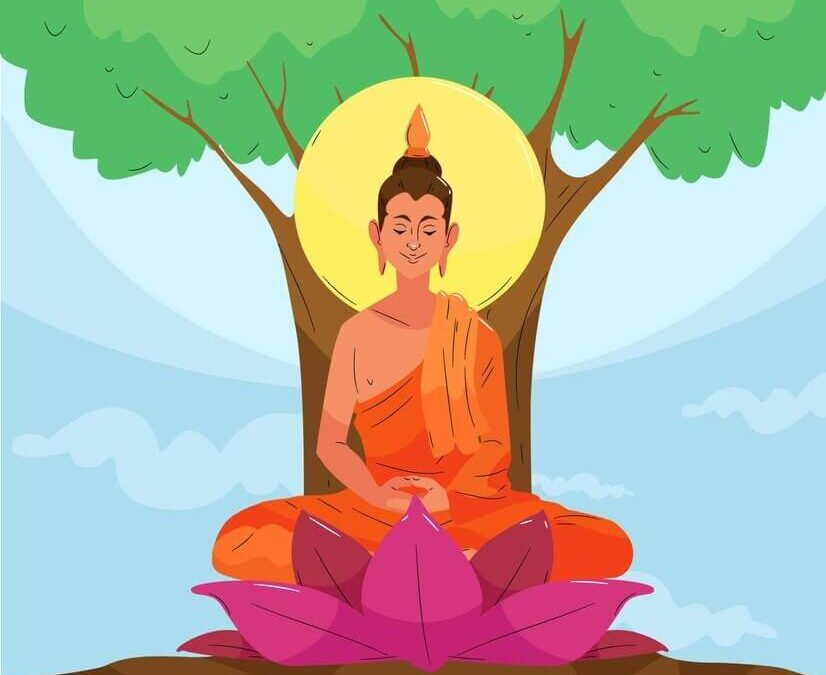
Mahayana doctrine is related to Buddhism. It is believed to have originated in about the first century B.C. in Andhra. It was later expounded by a group of Buddhist philosophers. Among these, the most outstanding was Nagarjuna.
Nagarjuna was a convert to Buddhism from the northern Deccan brahman family. To describe him as the St.Paul of Buddhism would not be inappropriate. Nagarjuna taught the doctrine of the void. The doctrine void or shunyavada states that everything which surrounds us is empty and that whatever we see is an illusion. The void was in fact the Nirvana or the end to the cycle of rebirth which every Buddhist was seeking or aspiring to.
There were other aspects of Mahayana Buddhism which appear to have had their origin outside India. Among these is the idea of the coming of the Maitraya Buddha to save the world. The Maitraya Buddha was connected to the concept of a suffering saviour – the Bodhisattva, who redeems humanity through his own sufferings.
Mahayana Buddhism also introduced into its concepts a complicated system of heavens superimposed one upon the other in which dwelt innumerable bodhisattvas.
To conclude, the Mahayana doctrine became more popular in central Asia and further China.

